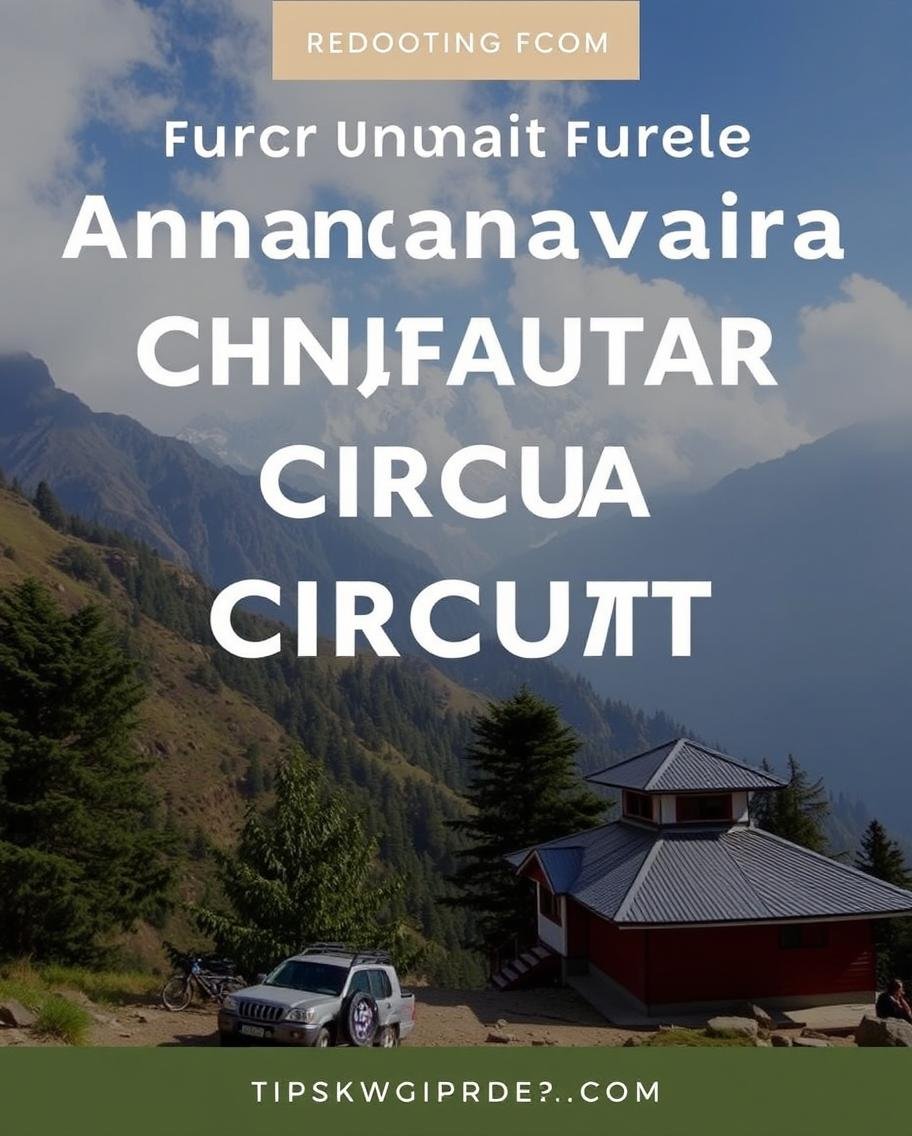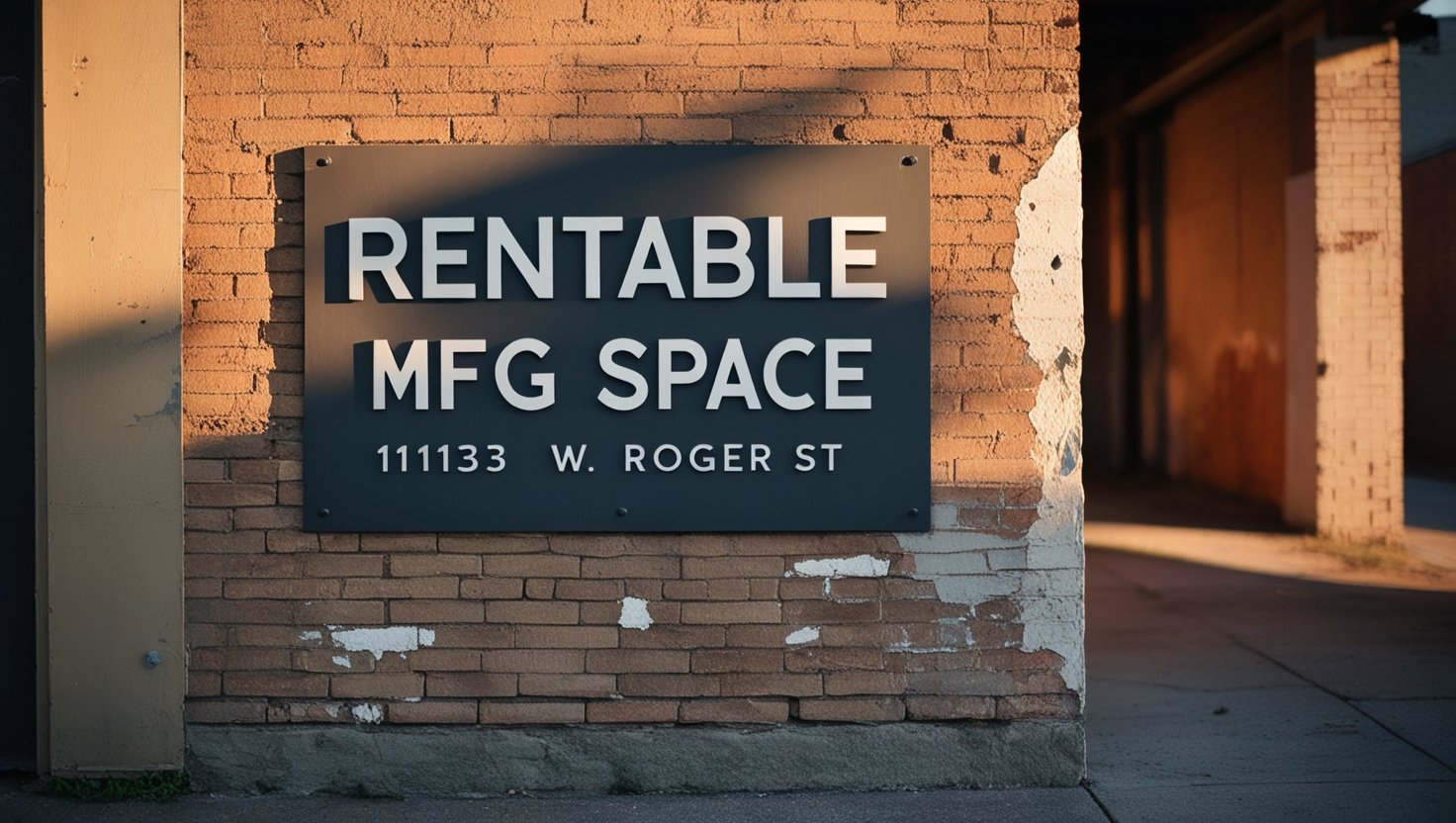
Budgeting for the Annapurna Circuit Trek involves understanding and planning for various costs
and expenses that will arise during the journey. This trek, renowned for its breathtaking
landscapes and cultural experiences, requires careful financial preparation to ensure a smooth
and enjoyable adventure.
The primary expenses to consider include permits, accommodation, food, transportation, and
gear. The Annapurna Circuit requires specific permits, such as the Annapurna Conservation
Area Permit (ACAP) and the Trekkers’ Information Management System (TIMS) card. These
permits are essential for entry into the conservation area and trekking management, and their
costs can vary. Acquiring these permits in advance or through a trekking agency can help
streamline the process.
Accommodation costs are another significant component of the budget. The circuit offers a range
of lodging options, from basic guesthouses to more luxurious lodges. Budget accommodations,
including simple guesthouses and tea houses, are generally affordable, with prices ranging from
$5 to $20 per night, depending on the location and amenities. In higher altitude areas, where
options are more limited, prices might be slightly higher. For those seeking more comfort, luxury
lodges are available but come at a higher cost, often between $30 to $60 per night. Booking in
advance, especially during peak trekking seasons, can help secure accommodations and manage
costs.
Food expenses also play a crucial role in budgeting. Meals at guesthouses and tea houses are
reasonably priced, with typical costs ranging from $3 to $10 per meal. The menu usually
includes local dishes like dal bhat, noodles, and rice, as well as some international options. As
trekkers ascend to higher altitudes, food prices may increase due to transportation costs and the
remoteness of the locations. It is advisable to budget for three meals a day and factor in
occasional snacks or drinks.
Transportation costs to and from the trek’s starting point, usually Kathmandu or Pokhara, should
also be considered. This includes flights or bus rides to the trailhead. Domestic flights are
quicker but more expensive, while buses offer a more budget-friendly option. Additionally, if
you choose to hire a guide or porter, this will add to your overall expenses. Guides typically cost
between $20 to $30 per day, and porters around $15 to $25 per day, depending on their services
and the duration of the trek.
Gear and equipment expenses are another important aspect. Trekking gear, including boots,
clothing, and sleeping bags, is essential for comfort and safety. While some trekkers bring their
own gear, others may rent equipment in Kathmandu or Pokhara, which can be a cost-effective
option.
Lastly, it is wise to set aside a contingency fund for unforeseen expenses or emergencies. This
buffer ensures that you are prepared for any unexpected costs that may arise during the trek.
Overall, budgeting for the Annapurna Circuit Trek involves a comprehensive understanding of
these various costs and careful planning. By accounting for permits, accommodation, food,
transportation, and gear, and including a contingency fund, trekkers can manage their finances
effectively and focus on enjoying the adventure.
Introduction to Budgeting for the Trek
Budgeting for the Annapurna Circuit Trek is a crucial step in ensuring a smooth and enjoyable
adventure. This trek, renowned for its stunning landscapes and cultural experiences, requires
careful financial planning to cover various expenses. Trekking in the Annapurna region involves
costs that span permits, transportation, accommodation, food, and gear. Understanding these
expenses helps trekkers prepare adequately and avoid unexpected financial strains during their
journey. Effective budgeting not only involves calculating these costs but also planning for
contingencies, ensuring that you have a comfortable and stress-free trekking experience. By
breaking down each expense category and estimating your total budget, you can make informed
decisions and focus on the adventure ahead.
Overview of Total Estimated Costs
The total estimated cost for the Annapurna Circuit Hiking varies depending on several factors,
including the duration of the trek, type of accommodation, and personal preferences. On average,
trekkers can expect to spend between $800 to $1,500 for a typical trek, not including
international flights. This estimate includes permits, accommodation, food, transportation, and
any additional expenses such as guides or porters. Budget travelers might spend closer to the
lower end of this range by opting for basic accommodations and local food, while those seeking
more comfort or luxury can expect to pay more. Planning ahead and understanding these costs
can help manage your budget effectively, ensuring a more enjoyable trekking experience.
Permits and Fees Required
Permits and fees are essential components of budgeting for the Annapurna Circuit Trek. The two
main permits required are the Annapurna Conservation Area Permit (ACAP) and the Trekkers’
Information Management System (TIMS) card. The ACAP is necessary for entry into the
Annapurna Conservation Area and costs approximately $30 to $40. The TIMS card, which helps
in managing and monitoring trekkers, costs around $10 to $20. These fees are subject to change,
so it is advisable to check current rates and obtain the permits either through a trekking agency or
at authorized offices in Kathmandu or Pokhara. Ensuring that you have these permits before
starting your trek is crucial for a hassle-free experience.
Transportation Expenses
Transportation expenses to the Annapurna Circuit are a significant part of the overall budget.
Most trekkers start their journey from Kathmandu or Pokhara, requiring a flight or bus ride to the
trailhead. Domestic flights from Kathmandu to Pokhara cost between $100 to $150 one way, providing a quicker but more expensive option. Alternatively, a bus ride from Kathmandu to
Pokhara is more economical, ranging from $10 to $30, depending on the type of bus and comfort
level. Additionally, local transportation to and from the trek’s starting point, such as taxis or jeep
rides, should be factored into the budget. Planning and booking transportation in advance can
help manage costs and ensure smooth travel arrangements.
Accommodation Costs
Accommodation costs on the Annapurna Circuit can vary significantly depending on the type of
lodging and location. Basic guesthouses and tea houses are the most common and affordable
options, with prices typically ranging from $5 to $20 per night. In lower altitude areas, such as
Besi Sahar and Bahundanda, accommodation is relatively inexpensive and may include simple
rooms with shared bathrooms. As you ascend to higher altitudes, such as Manang and Thorong
Phedi, accommodation costs may increase slightly due to the remoteness and demand. Luxury
lodges are available but at a higher cost, often between $30 to $60 per night. Booking in
advance, especially during peak trekking seasons, can help manage accommodation costs and
ensure availability.
Food and Dining Budget
Food and dining costs are a significant part of budgeting for the Annapurna Circuit Trek. On the
trek, meals are typically available at guesthouses and tea houses, with prices varying based on
location and altitude. In lower altitude areas, you can expect to pay around $3 to $7 per meal for
local dishes such as dal bhat (lentil soup with rice) and noodle soups. As you ascend, food prices
may increase due to higher transportation costs and the remoteness of the location, with meal
costs rising to $7 to $12 or more at higher altitudes.
Budgeting for food involves accounting for three meals a day. While basic guesthouses offer
affordable and filling options, those seeking more variety or international dishes might pay a bit
more. Additionally, consider budgeting for occasional snacks and beverages. Bringing some of
your own snacks and energy foods can help manage costs and provide convenience. Overall,
including a daily food budget in your trekking expenses ensures you are prepared for the varying
costs along the route.
Gear and Equipment Expenses
Gear and equipment are essential for a successful Short Trek to Annapurna Circuit and can
represent a significant part of your budget. Essential items include trekking boots, a warm
sleeping bag, a waterproof jacket, and appropriate clothing for varying weather conditions. If you
don’t already own high-quality trekking gear, purchasing or renting equipment in Kathmandu or
Pokhara is a viable option. Renting gear can be cost-effective, with prices for items like sleeping
bags and down jackets generally ranging from $5 to $10 per day.
Investing in good-quality gear enhances comfort and safety on the trek. Budgeting for these
items in advance helps prevent last-minute purchases and ensures you are well-prepared. If you are buying gear, consider investing in durable, versatile items that can be used for future treks or
adventures.
Guided Tours vs. Independent Trekking Costs
Choosing between a guided tour and independent trekking significantly impacts your overall
budget. Guided tours generally include the cost of a guide, porter, permits, accommodation, and
some meals, providing a more structured and supported trekking experience. The cost for a guide
typically ranges from $20 to $30 per day, while porters cost around $15 to $25 per day. Guided
tours can be more expensive but offer the advantage of local expertise, navigation assistance, and
support with carrying gear.
Independent trekking, on the other hand, involves managing logistics on your own, including
hiring guides or porters if needed, and arranging permits and accommodations. While it may be
less costly, it requires more preparation and self-management. Independent trekkers can save
money by staying in budget accommodations and opting for local dining options. Both
approaches have their merits, and the choice depends on your budget, experience level, and
preference for support during the trek.
Insurance and Emergency Expenses
Insurance and emergency expenses are crucial aspects of budgeting for the Annapurna Circuit
Trek. Travel insurance that covers trekking and high-altitude activities is essential. Policies
should include coverage for medical emergencies, evacuation, and trip cancellations. Insurance
costs vary based on the provider and coverage level, generally ranging from $100 to $200 for a
trek of this duration.
Emergency expenses, such as medical costs or evacuation fees, can be significant if unforeseen
issues arise. Ensuring you have comprehensive insurance helps mitigate these risks and provides
peace of mind. Additionally, setting aside a small contingency fund for unexpected expenses is
wise, as it ensures you are prepared for any financial surprises during the trek.
Tips for Saving Money on the Trek
Saving money on the Annapurna Circuit Trek involves strategic planning and smart choices. One
way to cut costs is by opting for budget accommodations and eating at local tea houses and
guesthouses, which offer affordable and authentic meals. Bringing some of your own snacks and
energy foods can also help manage food expenses.
Booking transportation and permits in advance can reduce last-minute costs and secure better
rates. Renting gear in Kathmandu or Pokhara can be more economical than purchasing new
equipment. Traveling during the off-peak season can also help lower costs, as accommodation
and travel rates are generally lower.
Additionally, consider trekking independently if you are experienced, as this can reduce the
overall cost compared to guided tours. However, ensure you are well-prepared and
knowledgeable about the trek. By planning ahead and making cost-effective choices, you can
enjoy the Annapurna Circuit without overspending.
Currency and Payment Options
When trekking the Annapurna Circuit, understanding currency and payment options is crucial for
effective budgeting. The primary currency used in Nepal is the Nepalese Rupee (NPR). It’s
advisable to carry some cash in NPR for daily expenses, as credit card facilities are limited,
particularly in remote areas. Major towns like Kathmandu and Pokhara have numerous currency
exchange services and ATMs where you can withdraw NPR. However, ATMs may not be
available in more remote trekking areas, so ensure you have enough cash before heading to these
regions.
Many guesthouses and tea houses accept cash payments, and some may accept credit cards, but
this is not guaranteed, especially in higher altitude locations. Therefore, it’s important to carry
sufficient cash for accommodation, food, and any other expenses. Inform your bank of your
travel plans to avoid issues with your credit or debit cards, and consider bringing a small amount
of US dollars or other widely accepted currencies as a backup. Planning ahead for currency and
payment options ensures you’re well-prepared and can manage your expenses effectively
throughout the trek.
Unexpected Costs to Consider
While planning your budget for the Annapurna Circuit Trek, it’s essential to account for
unexpected costs that may arise. These can include medical expenses if you fall ill or experience
altitude sickness, emergency evacuation fees, or additional costs for equipment repair or
replacement. Weather-related delays can also impact your schedule, potentially leading to extra
accommodation or food expenses.
Additionally, tips for guides and porters, if hired, should be factored into your budget. It’s
customary to provide a gratuity at the end of the trek, typically amounting to a few hundred
dollars depending on the length of the trek and level of service. Setting aside a contingency fund
for such unforeseen expenses will help you manage any surprises and ensure you can handle
unexpected situations without financial stress.
Budgeting for Post-Trek Activities
Post-trek activities are an important aspect of budgeting that can enhance your overall
experience. After completing the Annapurna Circuit, you might want to explore Kathmandu or
Pokhara, each offering a range of cultural and leisure activities. Budgeting for these activities
involves considering costs for sightseeing, dining out, shopping, and transportation within these
cities.
For example, a visit to historical sites like Swayambhunath (the Monkey Temple) or
Pashupatinath in Kathmandu can have entry fees, and guided tours or additional activities might
add to your expenses. Similarly, engaging in activities such as rafting, paragliding, or visiting
local markets in Pokhara can also impact your budget. Allocating funds for these post-trek
experiences ensures that you can fully enjoy your time after completing the trek without financial
strain.
Personal Budgeting Experiences
Personal budgeting experiences can vary widely based on individual preferences and trekking
style. Some trekkers manage to stay within a modest budget by choosing basic accommodations,
eating local food, and traveling independently. Others may opt for a more comfortable
experience, with higher spending on accommodation, guided services, and additional amenities.
Reflecting on personal experiences can provide valuable insights into effective budgeting. For
instance, planning ahead and making informed choices about where to spend can significantly
impact the overall cost. Sharing tips with fellow trekkers, such as finding the best value for food
and accommodation or navigating currency exchange, can be helpful. Understanding how your
choices affect your budget and learning from others’ experiences will enhance your financial
planning and contribute to a more enjoyable trek.
Conclusion: Planning Your Financials for the Trek
Planning your financials for the Annapurna Circuit Expedition is a key element in ensuring a
successful and enjoyable journey. By carefully budgeting for permits, accommodation, food,
transportation, gear, and unexpected costs, you can manage your expenses effectively.
Understanding currency and payment options, anticipating unexpected costs, and budgeting for
post-trek activities further contribute to a well-rounded financial plan.
Reflecting on personal experiences and learning from others can provide valuable insights into
managing your budget. By preparing in advance and making informed decisions, you can focus
on the adventure ahead, confident that your financial aspects are well-managed. Effective
financial planning ensures that you can fully enjoy the beauty of the Annapurna Circuit without financial stress, creating a memorable and rewarding trekking experience.


